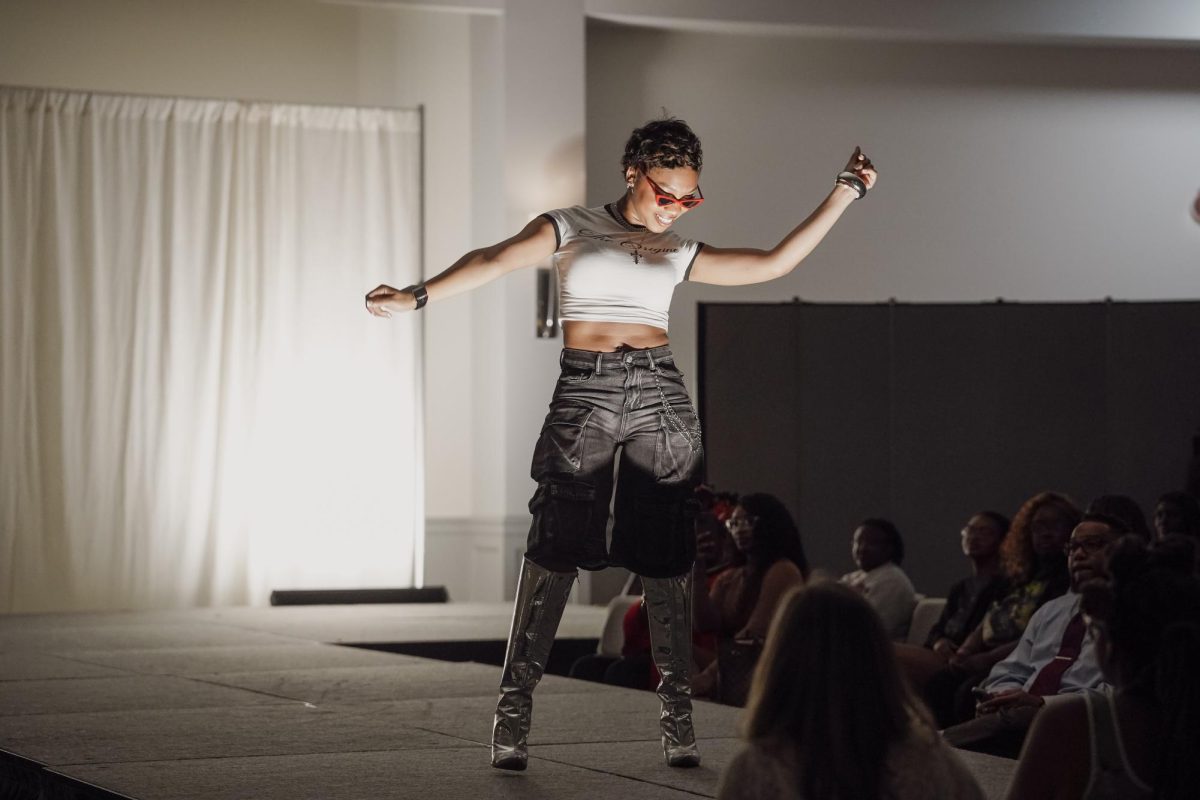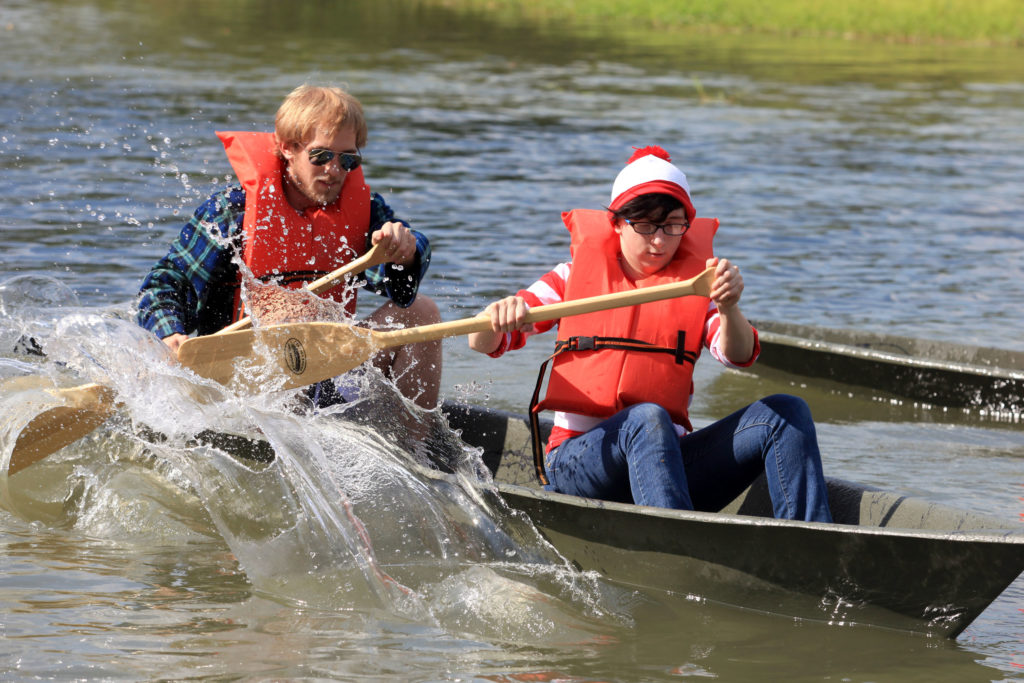Nicholls alumna Patrick Laine is now part of a team researchers who are trying to develop an enzyme that could cure skin cancer. Laine graduated in December of 2000 with a degree in chemistry. He is a graduate student of University of Notre Dame. He is pursuing a Ph.D. in organic chemistry.
The research is being conducted at the University of Notre Dame Department of Chemistry and Biochemistry. The adviser is Dr. Olaf Wiest, and the other graduate students in the research group are fourth year graduate student Nicolas Saettel, and third year graduate student Pierre Tran.
Laine credits Marcos Jonas, a former member of the faculty, for much of his progress.
“I learned so much from Marcos Jonas, who has been a huge piece of this puzzle. He is an amazing synthetic organic chemist. He is no longer here at Notre Dame because he moved back to Germany a couple of weeks ago,” Laine said.
Laine and his peers are working on the synthesis of diaminopyridines, which bind to thymine dimers in DNA and are caused by overexposure to UV rays from the sun. The thymine dimers in DNA are what induces skin cancer caused by the sun.
“The goal is to synthesize an artificial DNA photolyase that will recognize and bind–through Hydrogen bonding–to dimers in DNA and through an oxidative single electron transfer which cycloreverts the process. The artificial photolyase is modeled after the enzyme naturally found in E. coli bacteria,” Laine said.
“The difference between the natural and artificial photolyase is that basically the natural one follows a reductive pathway while the artificial one that I am working on uses an oxidative pathway,” Laine said.
“You know your oxidation/reduction chemistry right? Basically oxidation is the loss of an electron and reduction is the gain of an electron. So, the one I am working on basically has electrons are transferred from the thymine dimer to our photolyase. This is how the bond forming the dimer is broken,” he said.
All of the remaining work will probably take about two more years, at the least.
“The question when we’re done is difficult to answer. Done with what? Test your molecule? Make a better one? Test that one? Find a cure for skin cancer?” Laine said.
“The nice thing about science is that you’re never done, one thing leads to the next and the best thing about each new result allows you to ask a question you couldn’t have thought about before,” he said.
“The idea that one day all the questions are answered and I can retire is not a pretty one. In the meantime, I can count on the fact that my boss will be able to keep me busy for the next few years,” Laine said.
Laine said that the tangible results of the research could be the possible development of a drug in the form of a lotion that one could put on after exposure to the sun. It would take at least 10 years for such a product to hit the market.
“The work we are doing is not creating the drug. The work we are doing will basically allow anyone to come up with the drug. The safety evaluation alone for one compound is $750,000, so that would be left for some big pharmaceutical company to do,” he said.
As far as his education at Nicholls, Laine said that his experience at the school was beneficial to him.
“The one thing about Nicholls that has helped me the most is the very personal interaction with my professors, especially those in the chemistry department. It was my chemistry professors at Nicholls who encouraged me to pursue a graduate degree rather than go directly to work with my bachelors,” he said.
“While I am not quite making the bucks I would be making had I gone directly to work, I am glad I had the chemistry professors there at Nicholls to guide me in the right direction.”







